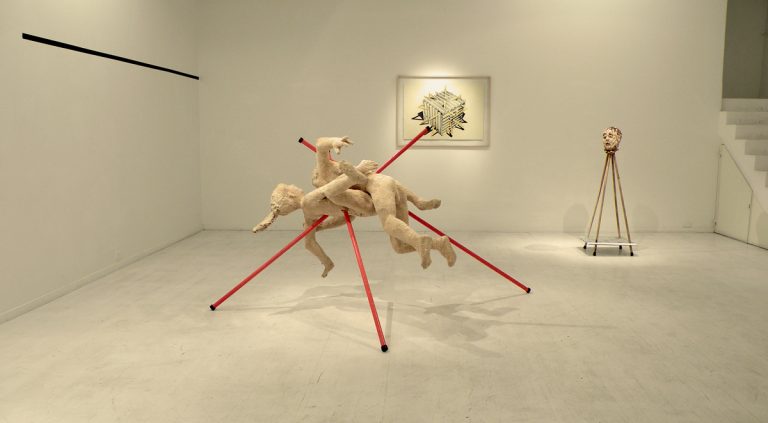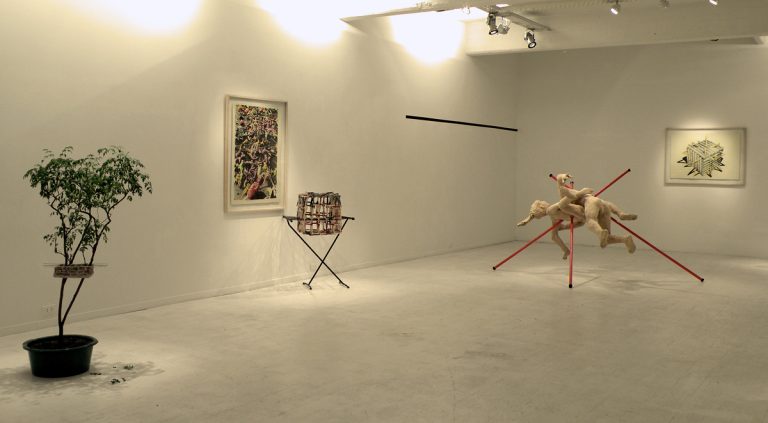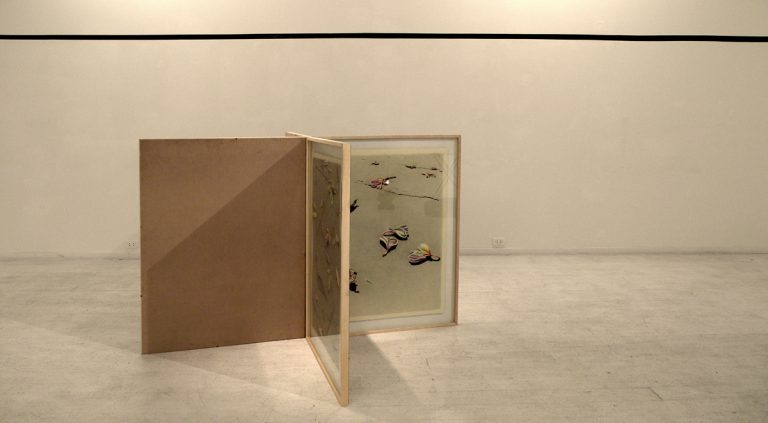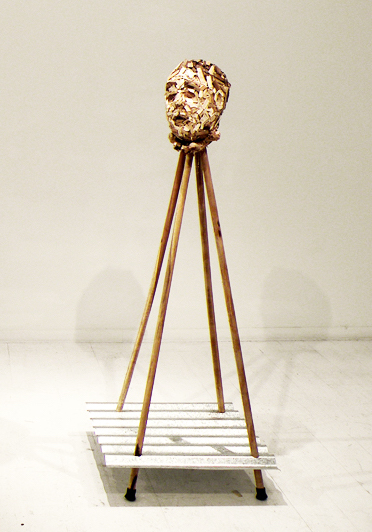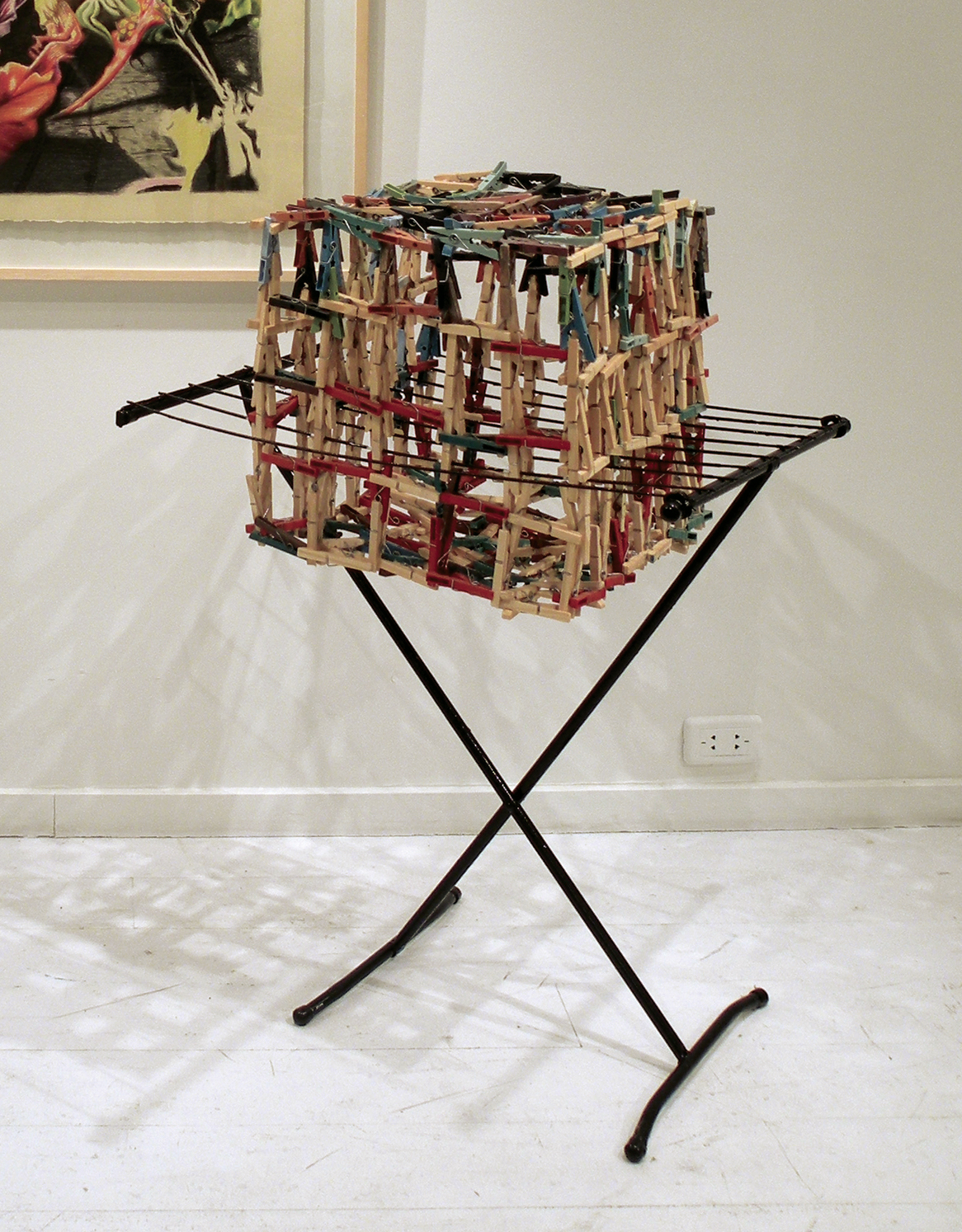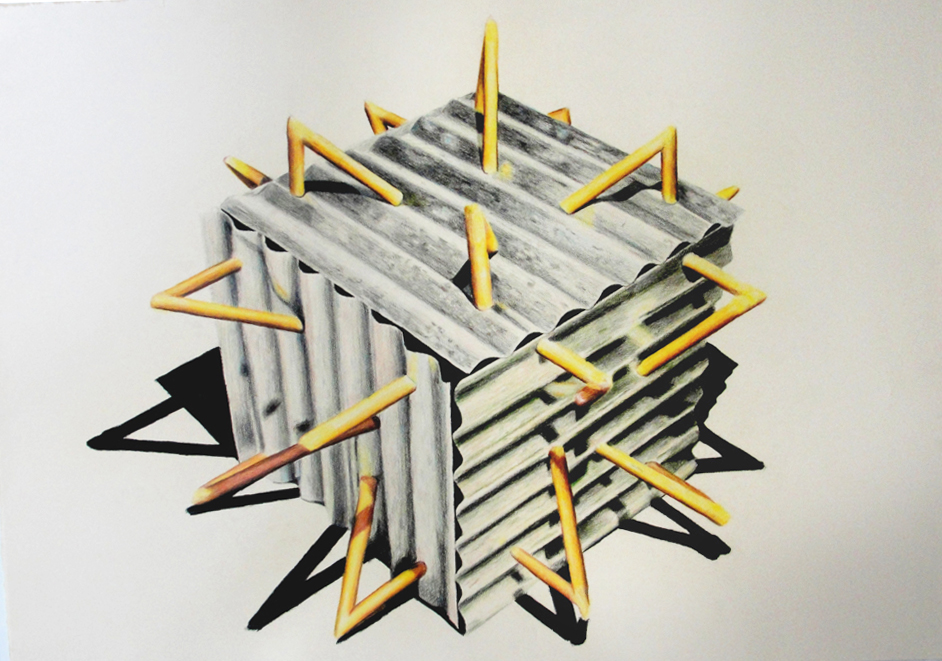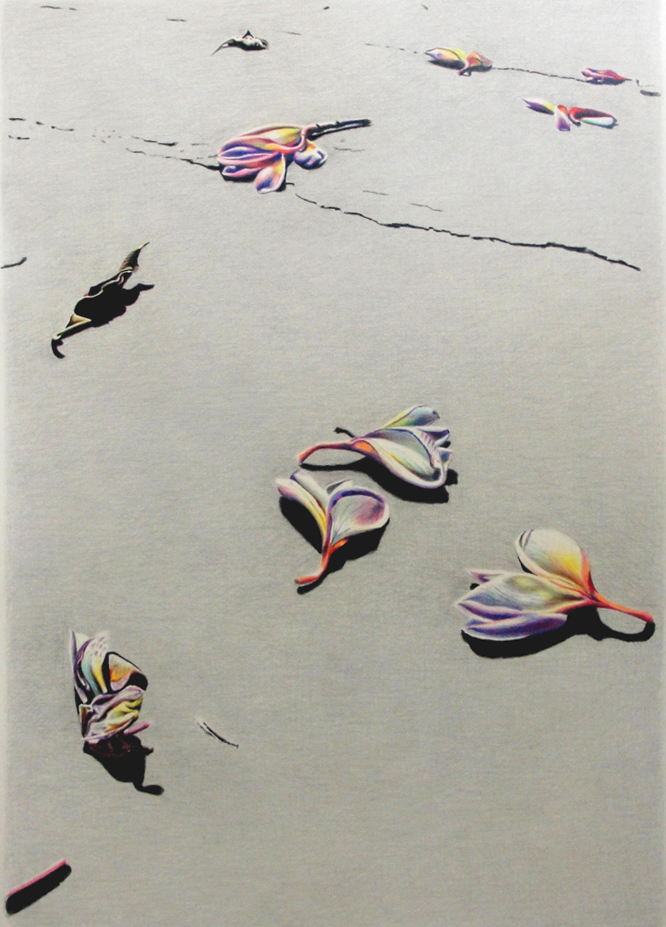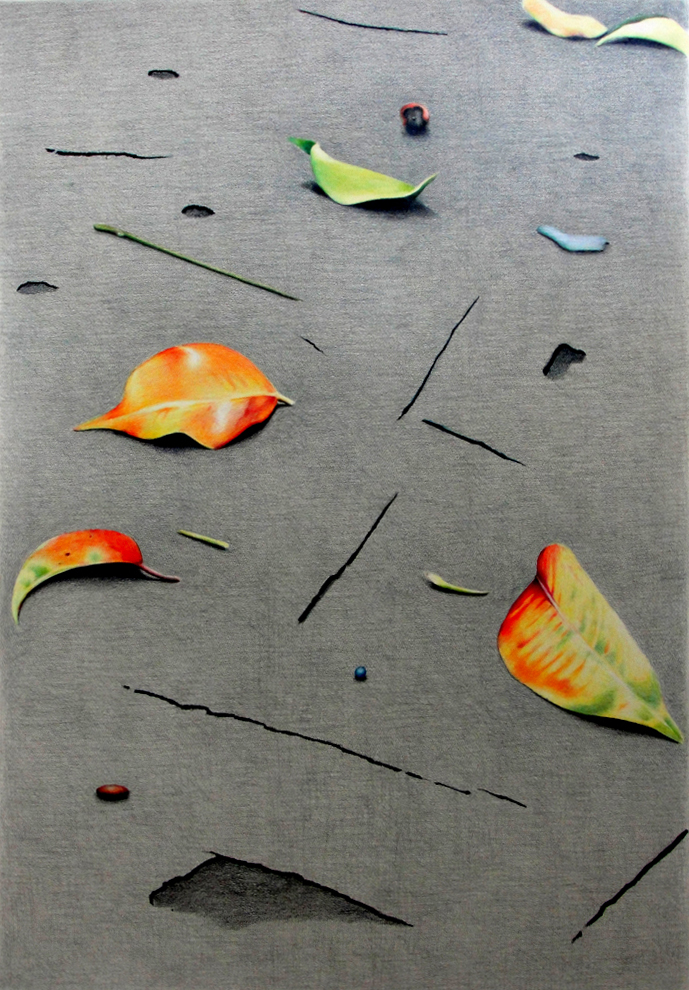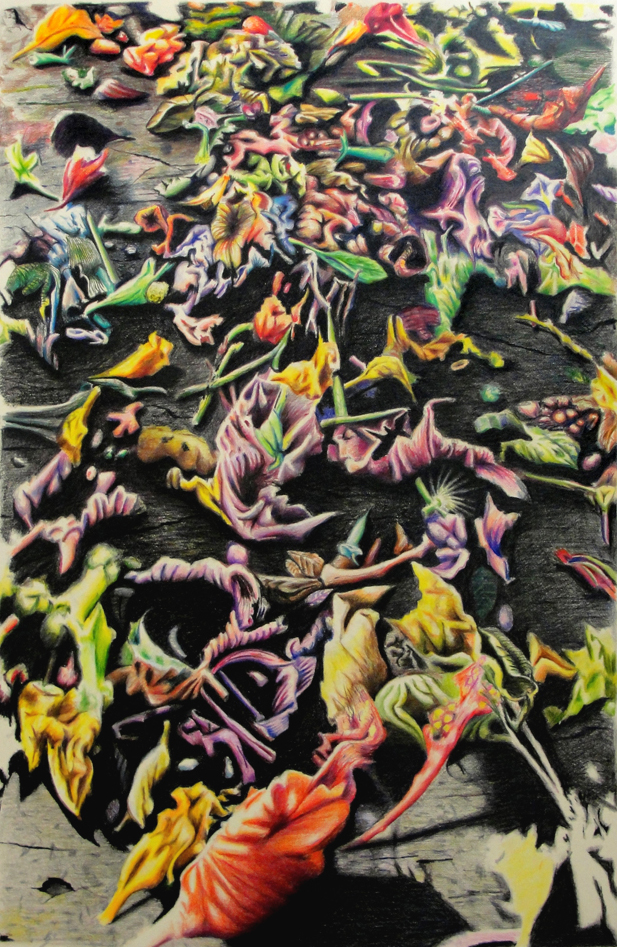EL TIEMPO ENTRE LAS COSAS
DIEGO FIGUEROA
GALERÍA BRAGA MENENDEZ
BUENOS AIRES, ARGENTINA
may 17. — jul 16. 2011
EXHIBITION VIEW
works
El tiempo entre las cosas, 2011
Diego Figueroa
Chopped wood, broom sticks and sheeted roof
62.9 x 23.6 x 25.5 in
Esa estrella era mi lujo, 2011
Diego Figueroa
Colored pencil and graphite on cotton paper
27.5 x 47 in
La anatomía del limbo, 2011
Diego Figueroa
Colored pencil and graphite on cotton paper
43.3 x 29.5 in
La anatomía del limbo, 2011
Diego Figueroa
Colored pencil and graphite on cotton paper
43.3 x 29.5 in
TEXT
THE TIME BETWEEN THINGS
The exhibition El tiempo entre las cosas, which consists of eleven works (six drawings and five sculptural installations), astonishes us and, as its name suggests, takes the shape of a (fragmentary) story of the temporal space between two things: that empty space that ensues somewhere between the object represented and an action that has occurred, between one work and another, a space whose meaning must be reconstructed by the viewer who wants to take the time to think.
Braga Menéndez has left us in the lurch: none of the works has a title or any other pivoting information. Nor are we provided with a curatorial text that might serve as a roadmap as we explore something that looks like a large and multilayered onion. How to write about that which is not named? By resorting to faith or to intuition? By casting off the super-ego’s colossal demands and that uncontainable (and unrealistic) desire to take it all in? That difficulty, however, might also hold an invitation to attempt something more liberating.
The series of medium-sized hyperrealist drawings of withered leaves in bright colors bear the markings of that temporal space mentioned before, a space where something has already happened: those leaves have come to rest on the pavement and we must go back to an imaginary past.
“What interests me, what holds my gaze, is the space that lies between the object represented and the medium with which that representation is constructed,” says Figueroa, showing us a way in or, really, just micro-gaps we might slip through.
Figueroa works with many different materials, most of them discarded: brick powder, sawdust, tin, and commonplace objects resignified (an ironing board with handprints burned into it mounted on a tire; a plant inside a large plastic bucket strangled by a grid of small bricks; a drying rack intervened with clothespins that forms a cube rather than hangs clothes to dry; a head resting on a hand, both made of small pieces of wood cut and mounted on a tripod of broomsticks and tin; two bodies in the air interrupted in a moment of passion by two red rods of iron; a small brick child as if from a Nativity scene resting on a tire lit by a hanging light bulb).
Figueroa’s art is complex and savagely beautiful. Sometimes poetically but always boldly, it speaks to us from an aesthetic of the
precarious where different materials (these and not others) are joined. After all, isn’t method everything?
He asks us to go back to the moment before the consummated fact, asks us as viewers to recompose it. His work is effective even in those spaces it does not control. It does not show us a unanimous universe of ultimate truths and—citing Sontag—it’s what it does that matters, not what it says. And what does it do? It makes us stop, it slows us down. It gives and it takes away. It opens up, but only to a certain point, and it leads us astray. It asks us to elaborate but doesn’t ensure that we will get anywhere. It lets out a bizarre melody, like an old bolero or a cumbia playing in the background in a provincial setting, sometimes out of tune—not jarring, just disconcerting.
It would seem that Diego Figueroa, born in Buenos Aires but a resident of Chaco by choice, has chosen Resistencia as his true space of speech.
Silvina Pirraglia
artists
Diego figueroa
